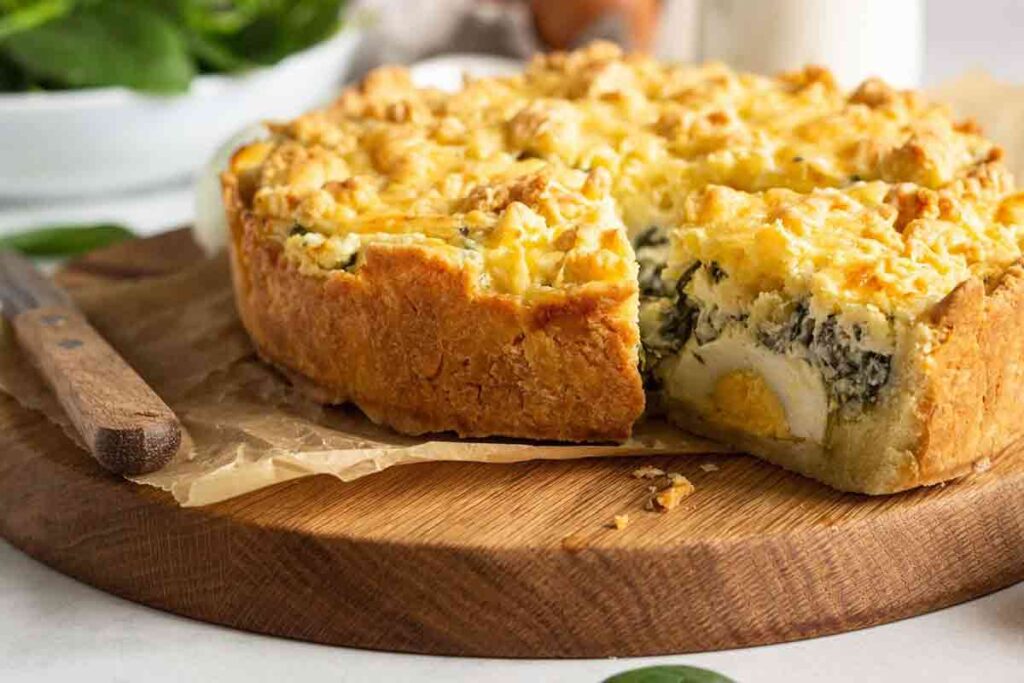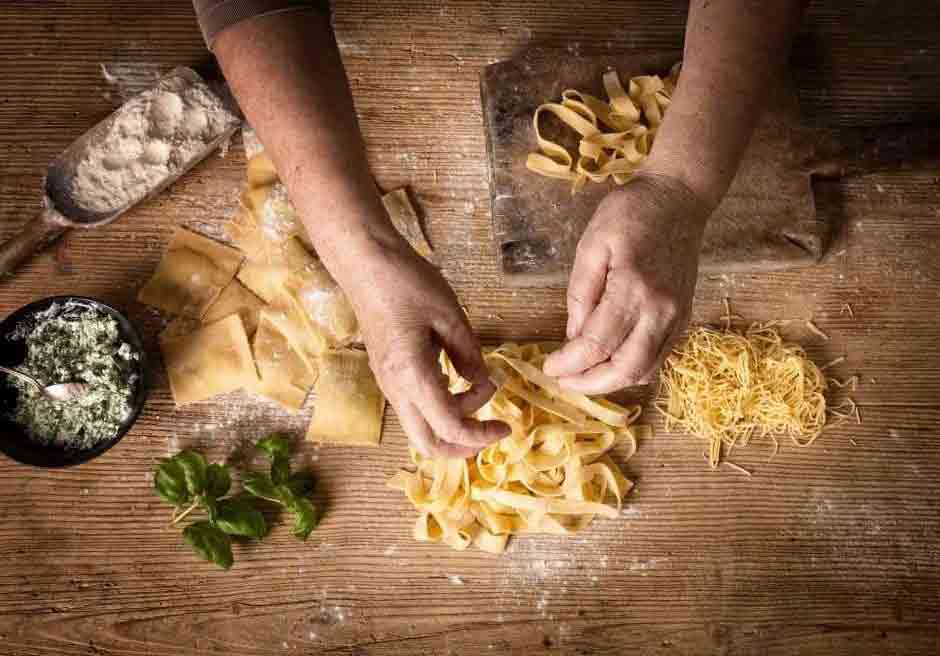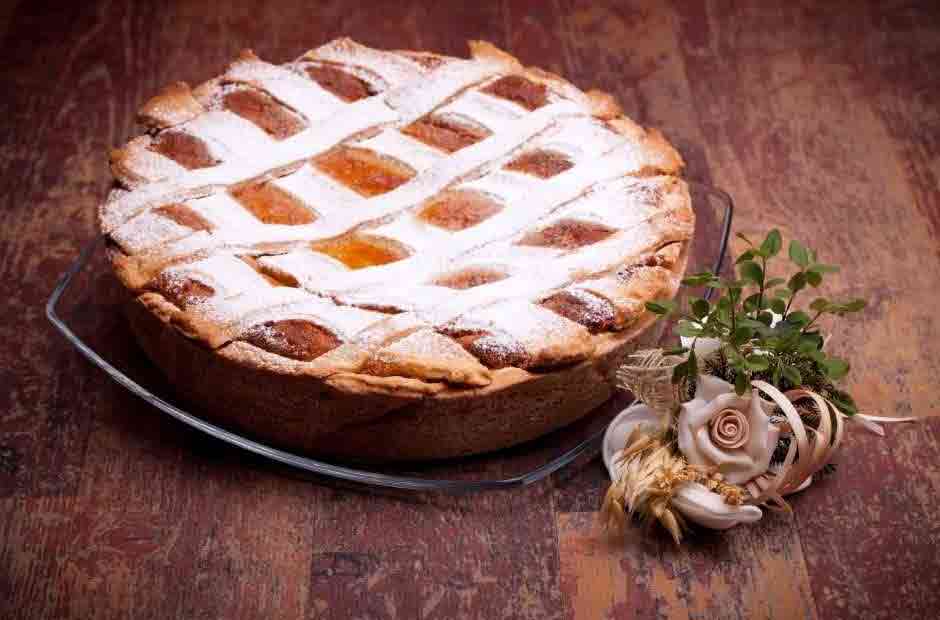Easter recipes from Italy
We’re all caught up in the hunt for the most intriguing Easter recipes: some prefer the traditional ones, others go for the innovative, while many create their own inspired by personal tastes. I love recipes handed down in my family. They’re not typical of my region, but they’ve become our traditions over the years. Living in Italy means having hundreds of traditional Easter recipes to inspire a personalized menu. I prefer simple Easter menus that are easy to prepare and likely to please everyone.
Here’s my Easter menu, enriched with a few fun facts about the origins of the dishes.
Starters
Torta Pasqualina

Torta Pasqualina is one of those Easter recipes that tells an ancient, fascinating story. It’s a savory pie typical of Liguria, made with a pastry shell filled with a rich mix of vegetables, cheese, and eggs. A true delight, perfect for Easter lunch.
What I love most about this pie, besides the taste, is its story. The first traces of Torta Pasqualina date back to the 16th century: writer Ortensio Lando mentions it in a text under the name gattafura. Legend has it that it was so tasty it attracted cats, who would steal it while it cooled on windowsills. That’s supposedly where its curious name comes from.
Back then, it was considered a dish for special occasions. Eggs and cheese weren’t everyday ingredients, and that’s exactly why Torta Pasqualina was made only for important moments like Easter. The whole eggs inside, by the way, aren’t random: they represent rebirth and fertility, symbols deeply tied to the Easter celebration.
A recipe that has crossed centuries, preserving its festive spirit. You can find the recipe by clicking here.
Cold cuts, eggs and cheese
A simple, almost essential dish. But behind this simplicity lies a deep meaning, tied to Easter traditions and popular culture, where the sacred and the secular have always intertwined.
Even though every family can create their own version, two ingredients are simply a must: salami and eggs.
They’re not there by chance. Salami represents rural abundance—a wish for prosperity during the holiday and the arrival of spring. Eggs, on the other hand, symbolize life and rebirth: the perfect emblem of Easter and its deeper meaning.

Until a few years ago, it was common on Easter morning to see people going to church with baskets of hard-boiled eggs to have them blessed, then placing them on the table for lunch.
Today, that tradition survives only in small towns, but hard-boiled eggs remain one of the strongest Easter symbols in Italy, often served alongside cured meats.
Eggs, after all, have always been associated with life: even Egyptians, Phoenicians, and Persians exchanged them in spring to celebrate nature’s return.
With Christianity, this gesture gained a new meaning: the egg became a symbol of the empty tomb, left behind after the Resurrection.
From here, you can truly go wild and create your charcuterie board with everything you love: cold cuts, cheeses, homemade bread. On mine, for example, there’ll be my dad’s homemade salami, Asiago cheese—a specialty from my Veneto region that I love dearly—and a good Grana Padano.
First course
Fresh homemade pasta

I’m incredibly lucky, and I know it: my dad, Maurizio, makes fresh homemade pasta once a month, and at Easter, his pasta is a must. We usually choose between tagliatelle and lasagna. We always go with lasagna—a tradition we’ve carried on since my grandma Rita used to make it.
Origins
There’s a never-ending debate: was lasagna born in Bologna or Naples?
One thing’s certain—it’s ancient. The Romans already knew something similar: they called it laganon or laganum, a thin sheet of wheat flour dough, cooked either in the oven or directly over fire. And it wasn’t exclusive to Bologna or Naples.
During the Middle Ages, lasagna was so widespread that even poets mentioned it in their writings.
So whether you prefer it Bolognese or Neapolitan-style, lasagna has made its way into kitchens all over Italy, with everyone cherishing their version. Discover mine by clicking here.
Main course
In my family, the main course is always a roast. We’re not big fans of the traditional Easter lamb chops, so we like to switch things up. The type of roast changes from year to year — sometimes it’s pork, other times beef or even stuffed turkey. So, take a page from my book and get creative with your Easter main course!
Dessert
Pastiera

During the Easter season, especially on Holy Thursday, something truly magical happens in Neapolitan kitchens and in mine: the making of the pastiera. It’s a ritual of ancient gestures, intense aromas, and family memories.
Every household has its version—the “real” recipe—lovingly passed down from grandmother to granddaughter. Some use only sheep’s ricotta, others prefer a blend. Some load it with aromas; others stick to simplicity. Even the crisscrossing lattice on top—called “gelosie” by some—has its own rules: some make them thin, others count them carefully, some place them with near-mathematical precision.
The pastiera’s history is full of enchanting legends. One says that to thank the goddess Parthenope, seven symbolic ingredients were offered to the sea, and the goddess returned them as a dessert—the pastiera. Another legend tells of Maria Theresa of Austria, known as “the queen who never smiled,” who was moved to smile after tasting a slice.
Then, there’s the story that it was invented by the nuns of San Gregorio Armeno, who lovingly blended wheat, orange blossom, and ricotta during Holy Week.
The first written references to pastiera appear in two very different texts: in the 1600s, Giambattista Basile mentions it during a banquet in The Tale of Tales, in the story of Cinderella Cat. But we have to wait until 1837 for an actual recipe in Ippolito Cavalcanti’s famous cookbook.
This is a heads-up that making pastiera is a bit complex, but it will reward you from the very first bite. Click here for the recipe and the wine pairings.
And now, Happy Easter!

Want to discover How to make Torta Pasqualina? Click here.